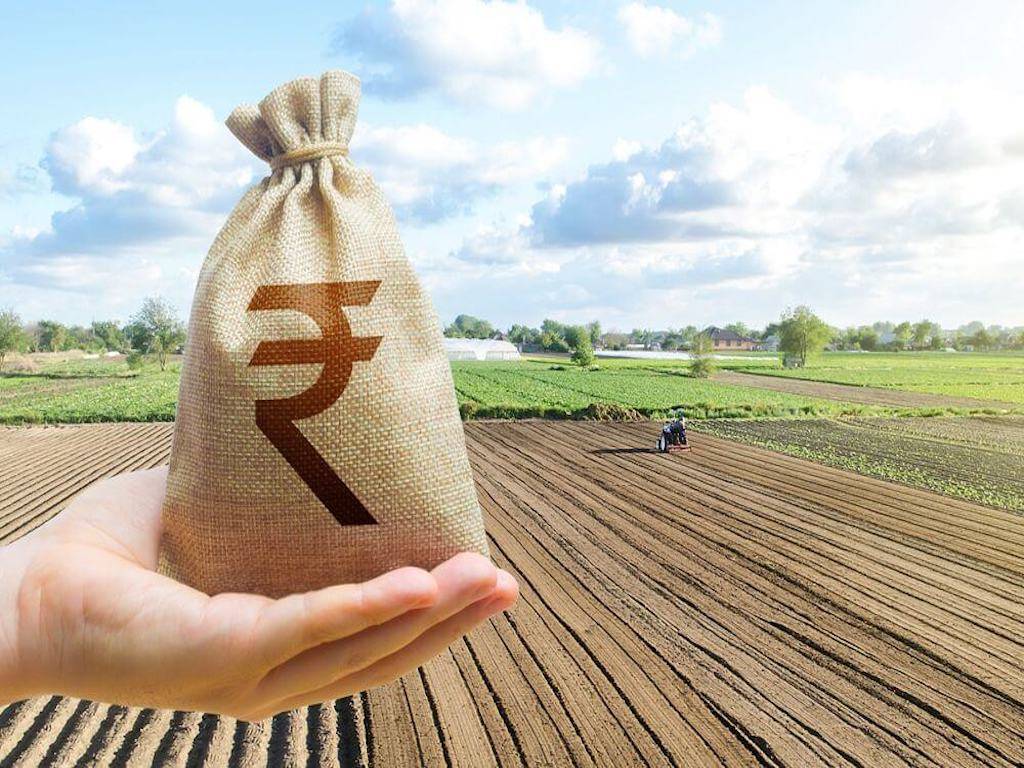
After global prices hit a record due to rising demand for crop fertilizers in various countries, including India, the Centre's fertilizer subsidy could reach up to Rs1.5 lakh crore this year, 89 percent more than the Budget estimate.
The cost of imported urea and diammonium phosphate (DAP) is over $1,000 per tonne this year, compared to $300 for urea and $330 for DAP last year, according to FAI Director-General Satish Chander. "This is why the subsidy this year might be around Rs. 1.4 lakh crore," Chander remarked. Another industry official, though, put the figure at Rs1.5 lakh crore, assuming there isn't a reduction in demand.
According to industry data, the country saw record fertilizer sales of 67 million tonnes (mt) last year, as well as an all-time high import of roughly 22-22 mt. During the 2020-21 (July-June) crop year, the country's food grain production reached a new high of 308.65 mt, while horticulture production reached 331.05 mt.
Cleared All Past Arrears
This is a disturbing trend since FY22 started on a clean slate after the government cleared all past arrears and provided for Rs1.34-lakh crore as fertiliser subsidy in the Revised Estimates for FY21. However, actual subsidy (excluding arrear) was about Rs85,000-90,000 crore. The Finance Minister has allocated Rs79,529.68 crore on account of fertiliser subsidy for FY22. But the Cabinet has already approved additional subsidy of Rs43,430 in two tranches — first Rs14,775 crore in June and Rs28,655 crore in October.
In the short-term, there is no other alternative but to import to bridge the gap between demand and domestic production. Since the neem-coated urea, though good in principle, has not been able to reduce the consumption of this nutrient to the extent desired, there has to be some out-of-box solution for which the recent launch of nano-urea can be helpful. Apart from other benefits, neem-coated urea was also to check its alleged diversion towards industrial use. Apart from the obvious advantages, neem-coated urea was supposed to prevent it from being diverted to industrial usage.
"The interaction between carbon neutrality and future fossil fuel availability will determine future urea supply." "The long-term solution is bio-fertiliser or natural fertiliser," said S Chandrasekaran, a trade policy analyst. The government should plan for a gradual phase-out of chemical fertilisers, he said, adding that the solution is to build a number of SMEs in natural fertiliser manufacture to fulfil specific local demands.
"Incentivizing farmers to use natural fertilisers will yield fiscal compensation in terms of health and environmental benefits, as well as rural employment," Chandrasekaran added.
Research and development
Trilochan Mohapatra, director general of the Indian Council of Agricultural Research (ICAR), said it was fortunate that the cooperative major IFFCO has been researching biological and non-biological sources as import substitutes for phosphate (P) and potash (K). While all of the potash is imported, up to 80% of the phosphorous comes from outside the country.
"But, we got strayed somewhere and there were some negative consequences," Mohapatra said, acknowledging that fertiliser use offered the country food self-sufficiency. He was alluding to the uneven distribution of fertiliser: only 90 districts utilise 85% of the country's total fertiliser use, while the remaining 15% goes to over 500 districts.
He also urged the fertiliser industry to join forces with ICAR to start a huge campaign on fertilizer balance.
FAI Chairman KS Raju raised the problem of urea plant fixed costs, claiming that this has harmed the viability of three big facilities with a total capacity of 4.3 mt. "An increase in the minimum fixed cost would also boost the profitability of producing extra 4 million tonnes beyond capacity," Raju added, suggesting that the government raise it to Rs. 2,300 per tonne from the present Rs1,635.
According to FAI officials, Indian producers are producing urea at a cost of $350-400 per tonne, compared to a global price of $1,000. According to Chander, the typical urea production cost in an old plant is around $350/tonne and $400/tonne in a modern plant.
















